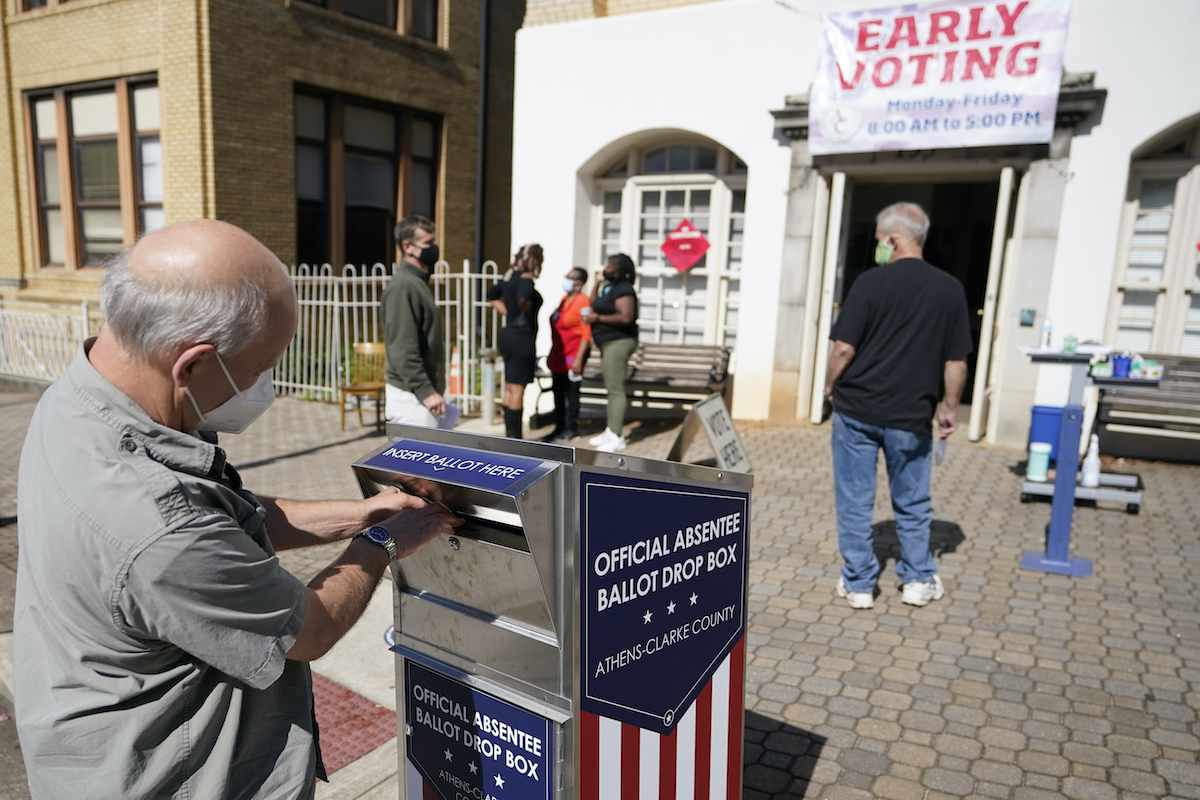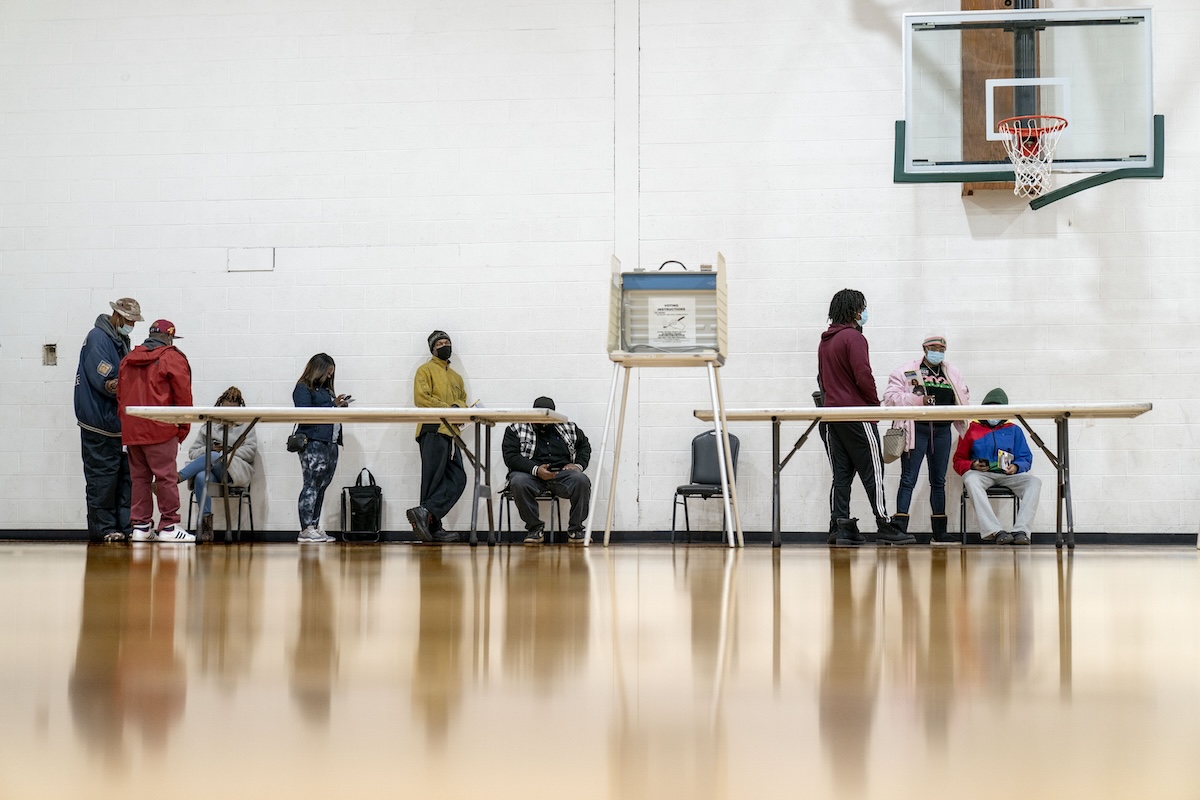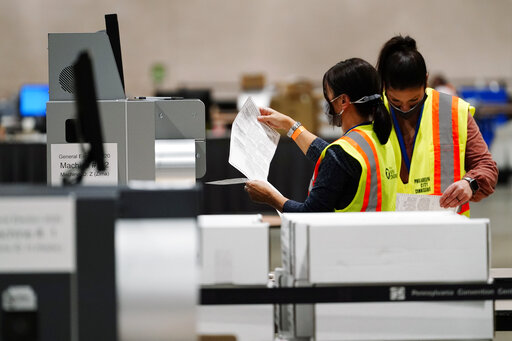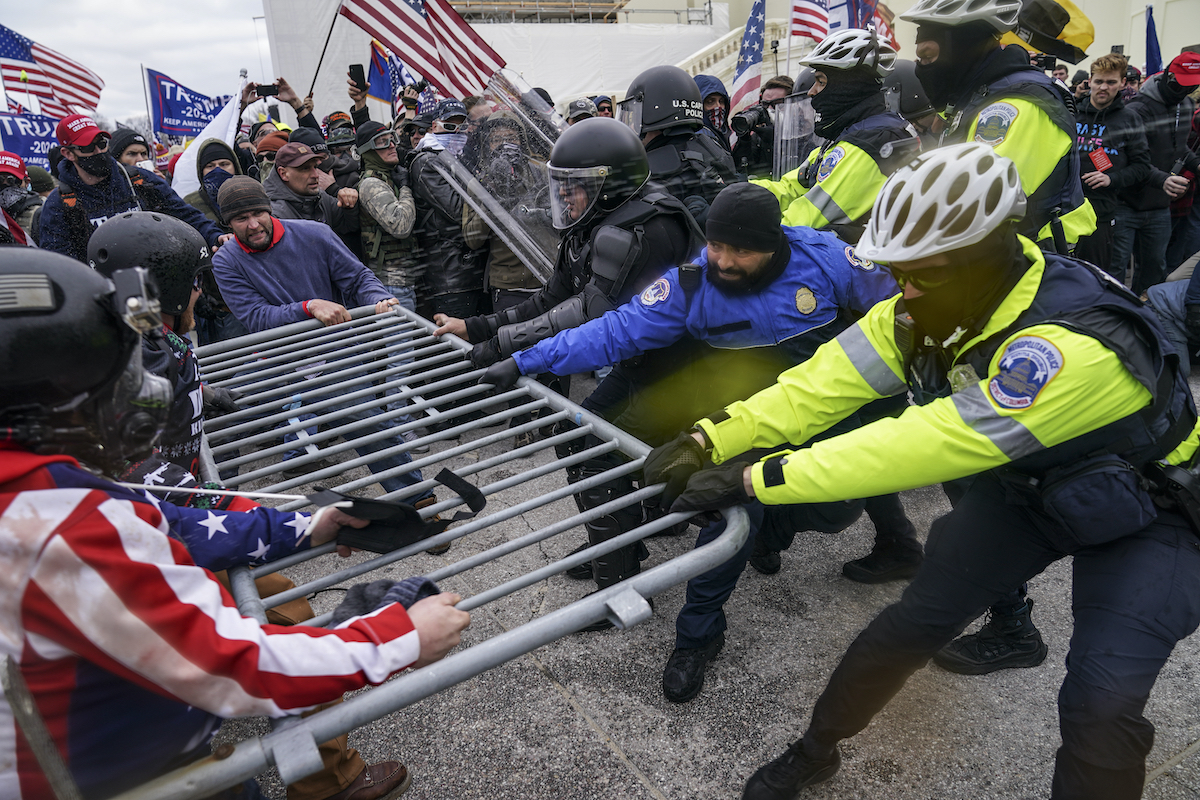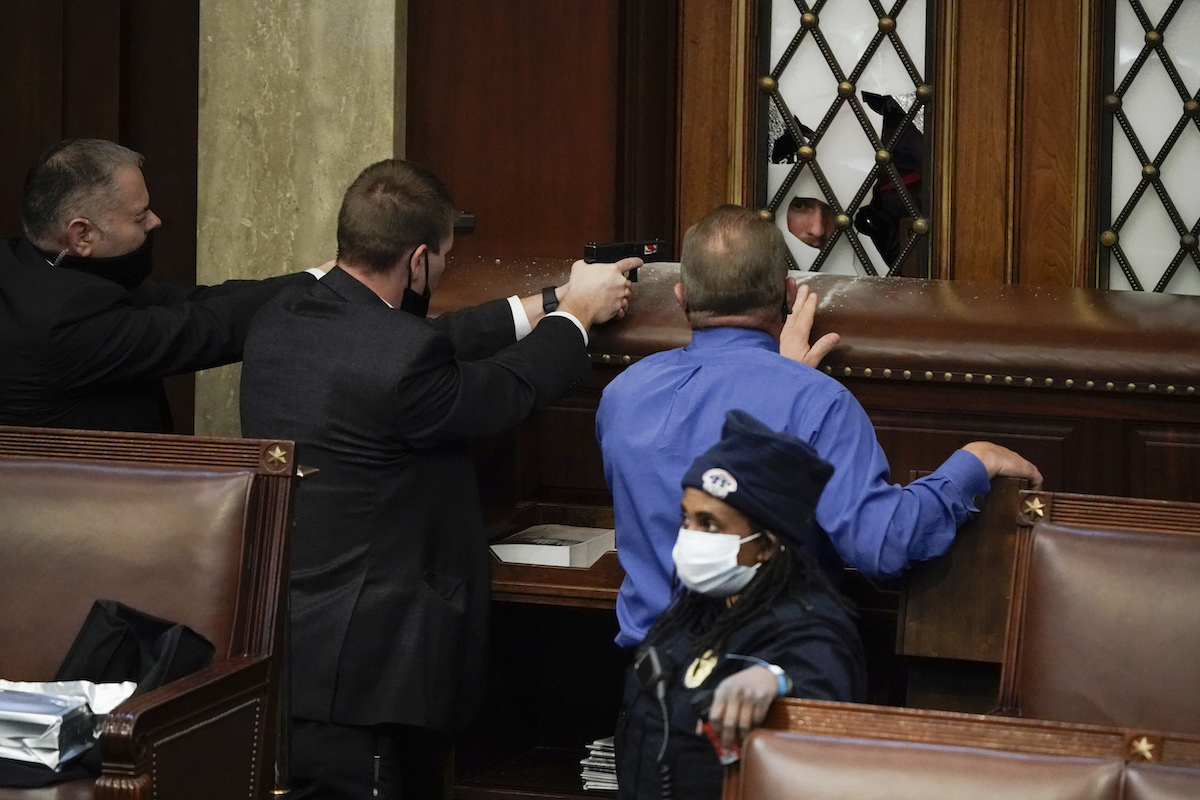
The COVID-19 vaccines have saved millions of lives, according to multiple studies. Getting the latest vaccine provides additional protection against poor outcomes from COVID-19. Serious side effects are rare, and the Centers for Disease Control and Prevention and the U.S. Food and Drug Administration judge that the benefits of vaccination outweigh the risks.
Despite this, Florida Surgeon General Dr. Joseph Ladapo issued a statement on Jan. 3 calling for a halt in the use of mRNA COVID-19 vaccines, made by Pfizer/BioNTech and Moderna.

Ladapo cited unsubstantiated concerns that the small amounts of residual DNA left over in the vaccines from the manufacturing process could integrate into human DNA. “If the risks of DNA integration have not been assessed for mRNA COVID-19 vaccines, these vaccines are not appropriate for use in human beings,” he said.
As we have written, there’s no evidence that residual DNA, which is expected and present within regulatory limits, can integrate into vaccinated people’s DNA.
(For more about residual DNA in mRNA vaccines, read our article “COVID-19 Vaccines Have Not Been Shown to Alter DNA, Cause Cancer.”)
In a Dec. 14 letter sent to Ladapo, FDA official Dr. Peter Marks said it was “quite implausible” that residual DNA could make its way into the nucleus of a cell and integrate into chromosomal DNA there. “We would like to make clear that based on a thorough assessment of the entire manufacturing process, FDA is confident in the quality, safety, and effectiveness of the COVID-19 vaccines,” Marks wrote.
Residual DNA is present in a variety of vaccines. For residual DNA in the mRNA vaccines to get into a person’s DNA and have health effects would require an entire series of unlikely or implausible events. These steps would include getting around the body’s many defenses against DNA showing up in abnormal locations.
Dr. Paul Offit, director of the Vaccine Education Center at Children’s Hospital of Philadelphia, addressed claims about residual DNA in videos, saying that “it’s virtually impossible for these DNA fragments to do any harm. They are clinically and utterly harmless.” He told Medpage Today, “It is hard to believe that Dr. Ladapo actually issued that statement,” referring to Ladapo’s recent call for a halt in the use of the mRNA vaccines.

Ladapo, appointed by Gov. Ron DeSantis as Florida surgeon general in September 2021, has spread COVID-19 misinformation and presided over unfounded and increasingly expansive recommendations against COVID-19 vaccination in his state. In 2022, the Florida Department of Health recommended against COVID-19 vaccination for healthy children ages 5 to 17, as well as children under 5. The same year, Ladapo recommended against mRNA COVID-19 vaccination for males ages 18 to 39, based on a heavily flawed analysis of cardiac deaths by the Florida Department of Health. Ladapo later was found to have edited the study to make the vaccines appear more dangerous.
In September 2023, he recommended against updated COVID-19 vaccines for Floridians under age 65. Then, in October, he called recommendations for the updated vaccines “anti-human” and said as a doctor he would be “very uncomfortable” recommending them to anyone.
Ladapo initially wrote to FDA and CDC officials about residual DNA-related concerns in a Dec. 6 letter. He cited a 2007 FDA guidance document on DNA vaccines that contain plasmids, a form of circular DNA, incorrectly claiming that the agency’s recommendations for assessing the risk of DNA from such vaccines integrating into the genome also apply to the mRNA vaccines. No DNA vaccines are yet on the market in the U.S.
The guidance is not relevant, Marks wrote in his Dec. 14 response letter. “This guidance was developed for DNA vaccines themselves, not for DNA as a contaminant in other vaccines, and is not applicable to the mRNA COVID-19 vaccines.”
Despite this clarification, Ladapo responded to the FDA letter by calling for a halt in the use of the mRNA vaccines while continuing to incorrectly claim that the FDA had gone against its own recommendations. “The U.S. Food and Drug Administration and the Centers for Disease Control and Prevention have always played it fast and loose with COVID-19 vaccine safety, but their failure to test for DNA integration with the human genome – as their own guidelines dictate – when the vaccines are known to be contaminated with foreign DNA is intolerable,” Ladapo said in a Jan. 3 post on X, the platform previously known as Twitter.
As we’ve also previously written, DNA is the primary ingredient of DNA vaccines, while it is only present in residual amounts in the mRNA vaccines. For DNA vaccines to work, there needs to be a mechanism to get the DNA into the nucleus of a cell. The mRNA vaccines, however, contain primarily mRNA, which only needs to get into the body of a cell.
Even with DNA vaccines, DNA integration is only a theoretical risk and has not been shown to be a safety problem. The FDA guidance only recommends doing integration studies in animals for DNA vaccines — in which genomic DNA in various tissues is analyzed for signs of integration — if a certain level of plasmid is shown to persist in animal tissue.
Nevertheless, the available data on the mRNA COVID-19 vaccines show no sign of genomic disruption. Marks described animal studies that “demonstrate no evidence for genotoxicity from the vaccine,” meaning that they did not see evidence that chromosomal DNA had been damaged.
“Moreover, we now have access to global surveillance data on over one billion doses of the mRNA vaccines that have been given, and there is nothing to indicate harm to the genome, such as increased rates of cancers,” Marks said.
Editor’s note: SciCheck’s articles providing accurate health information and correcting health misinformation are made possible by a grant from the Robert Wood Johnson Foundation. The foundation has no control over FactCheck.org’s editorial decisions, and the views expressed in our articles do not necessarily reflect the views of the foundation.

